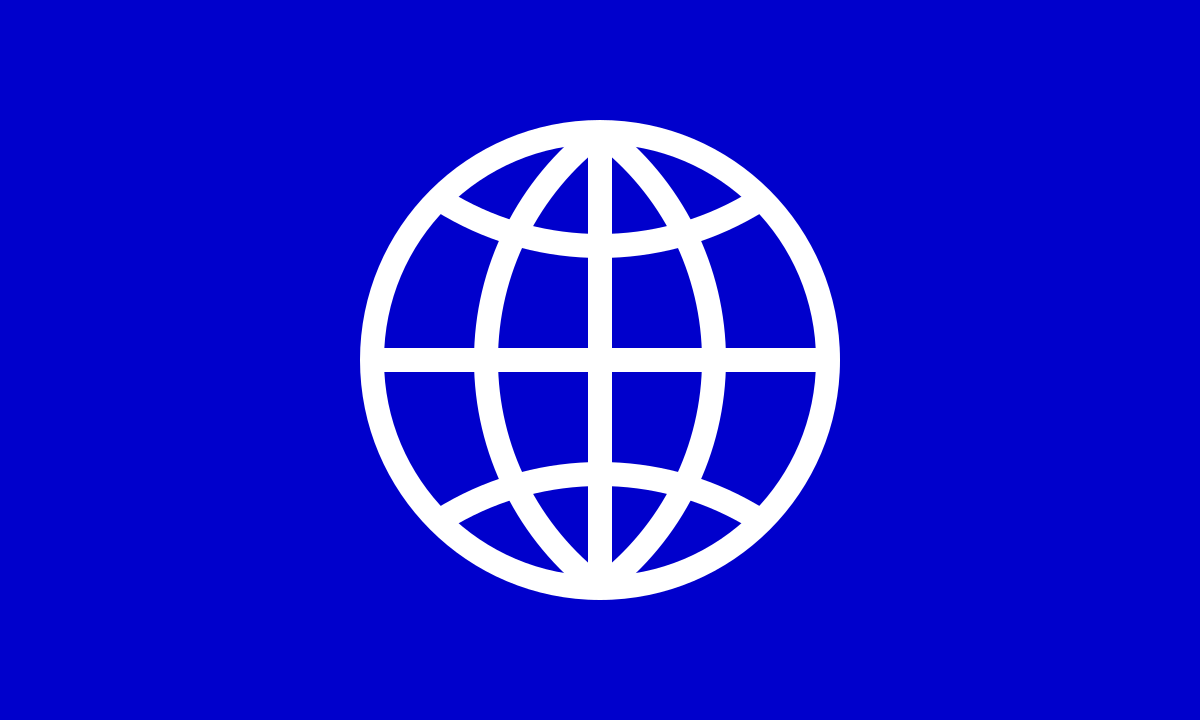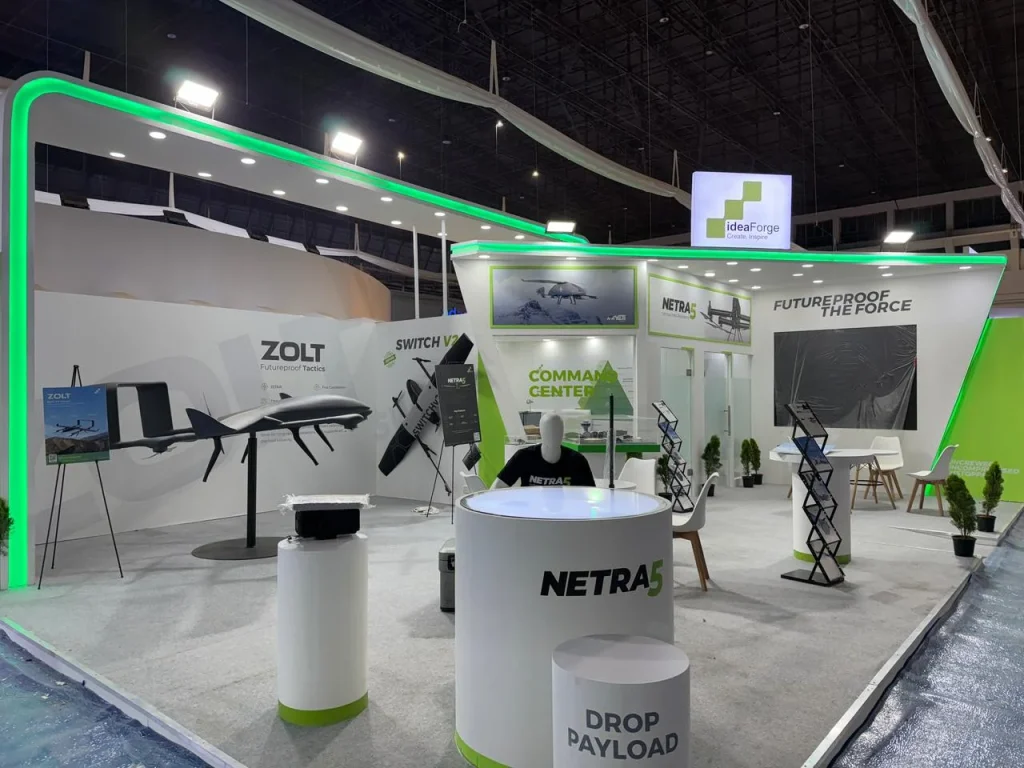
Introduction
When exhibiting across multiple regions, companies often face a unique set of challenges that require meticulous planning and coordination. From differing regulations and logistical hurdles to cultural nuances and language barriers, managing multinational exhibits can be a complex endeavor. However, with the right strategy in place, you can streamline your approach and successfully manage exhibits across different countries, ensuring a consistent brand experience.
Here’s how to navigate the complexities of multinational exhibits and keep everything on track.
1. Understand Regional Regulations and Compliance
Exhibiting in different countries often means dealing with varied regulations and compliance requirements. Each country, or even individual venue, may have its own set of rules governing booth construction, materials, safety standards, labor laws, and more.
• Research Local Rules: Begin by thoroughly researching the local regulations in each region you’ll be exhibiting in. Some countries may have strict guidelines for booth height, electrical setups, or fire safety, which could impact your design choices.
• Work with Local Experts: Partner with local contractors or exhibition service providers who are familiar with the region’s regulations. Their expertise can help you navigate bureaucratic red tape and avoid potential delays or fines due to non-compliance.
• Account for Customs and Shipping Regulations: When transporting materials across borders, customs regulations can vary greatly. Prepare all necessary documentation and be aware of import/export restrictions that may impact your exhibit materials or technology.
Understanding these regulations in advance can save time, reduce costs, and prevent last-minute surprises when setting up your exhibit.
2. Develop a Unified Brand Experience
Consistency is key when managing multinational exhibits. No matter where you’re exhibiting, your booth should reflect your brand’s identity and deliver a cohesive message. However, localizing certain aspects of your exhibit to resonate with regional audiences is equally important.
• Standardize Key Elements: While adapting to local cultures is important, maintain consistency in your brand’s core elements, such as logo placement, color schemes, and key messaging. This ensures that attendees recognize your brand no matter where they encounter it.
• Incorporate Localized Elements: Tailor your exhibit to regional preferences by incorporating localized messaging, imagery, or cultural references. For example, a company exhibiting in Japan might emphasize precision and craftsmanship, while in the US, the focus could be on innovation and efficiency.
• Create a Scalable Exhibit Design: To manage costs and maintain consistency, consider using modular exhibit designs that can be scaled up or down depending on the venue size and regional requirements. This allows you to reuse core components while customizing certain elements for each location.
By balancing brand consistency with localized touches, you can create exhibits that resonate with diverse audiences without losing your brand’s identity.
3. Streamline Logistics Across Borders
Managing the logistics of multinational exhibits can be one of the most challenging aspects of the process. Shipping materials, setting up and tearing down booths, and coordinating with multiple vendors in different regions requires careful planning.
• Centralize Logistics Management: Designate a single logistics coordinator or team responsible for overseeing the entire process across all regions. This ensures that every shipment, installation, and dismantle is handled efficiently and consistently.
• Leverage Regional Warehousing: Consider storing exhibit materials in regional warehouses to reduce shipping costs and lead times. For example, if you frequently exhibit in Europe and Asia, having warehouses in both regions can streamline the delivery of booth components.
• Plan for Time Zone Differences: When managing multinational exhibits, you’ll likely be coordinating across multiple time zones. Plan ahead to account for these differences, especially when working with international teams, contractors, or vendors.
Streamlining logistics helps to minimize costs and ensures that your exhibit materials arrive on time and in good condition, no matter where you’re exhibiting.
4. Adapt to Cultural Nuances and Language Barriers
Exhibiting in different regions means interacting with a diverse range of attendees, each with their own cultural expectations and communication styles. Understanding these nuances is key to creating a positive experience for visitors to your booth.
• Train Your Staff on Cultural Sensitivity: Ensure that your on-site team is trained in cultural norms and etiquette specific to each region. This might include differences in greeting styles, personal space, or acceptable levels of formality.
• Hire Local Staff: If possible, consider hiring local staff who are fluent in the region’s language and understand the cultural dynamics. This can help improve communication with attendees and create a more welcoming atmosphere.
• Localize Marketing Materials: Translate your brochures, signage, and digital content into the local language. This not only enhances the attendee experience but also demonstrates your commitment to the local market.
Being culturally aware and accommodating language barriers can greatly enhance your engagement with international audiences, ensuring that your exhibit resonates with visitors on a deeper level.
5. Prepare for Budgetary and Cost Variances
Exhibiting across multiple regions often comes with a wide range of costs that can vary significantly based on location, labor rates, and venue services. A well-prepared budget should account for these differences and include contingencies for unexpected expenses.
• Adjust for Local Cost Variations: Labor, transportation, and venue costs can fluctuate depending on the region. For instance, labor rates in Europe may be significantly higher than in Southeast Asia, impacting your overall budget. Be sure to account for these regional differences in your cost estimates.
• Plan for Currency Exchange Rates: Currency fluctuations can impact your budget when working across borders. Keep an eye on exchange rates and consider locking in rates in advance if possible to avoid unexpected financial losses.
• Include Contingency Funds: When working internationally, unexpected costs such as customs delays, shipping issues, or last-minute venue changes can arise. Build a contingency fund into your budget to accommodate these unforeseen expenses.
Planning for regional cost variances ensures that your budget remains on track and helps you avoid financial surprises along the way.
6. Leverage Technology to Stay Connected
In the digital age, managing multinational exhibits doesn’t have to be a logistical nightmare. Leveraging the right technology can help keep all teams, stakeholders, and vendors on the same page, regardless of location.
• Use Cloud-Based Project Management Tools: Platforms like Trello, Asana, or Microsoft Teams allow you to manage tasks, timelines, and communications across multiple regions in real-time. These tools can help ensure that everyone stays aligned on goals and deadlines.
• Implement Virtual Collaboration Tools: For teams spread across different countries, virtual collaboration tools such as Zoom, Slack, or Microsoft Teams make it easier to stay in touch and resolve issues quickly. Regular virtual check-ins can help prevent miscommunications and keep projects on track.
• Track Exhibit Performance in Real Time: If possible, use analytics tools to track the performance of your exhibits in different regions. Metrics such as booth traffic, lead generation, and engagement levels can help you identify what’s working and what needs improvement in each market.
Technology can be a game-changer when it comes to managing the complexities of multinational exhibits, ensuring smooth communication and project management across borders.
Conclusion: Managing Multinational Exhibits with Efficiency and Precision
Exhibiting across multiple regions can be challenging, but with careful planning, effective communication, and a streamlined approach to logistics, you can manage the complexities and deliver successful exhibits around the world. By understanding local regulations, creating a unified brand experience, adapting to cultural nuances, and leveraging technology, you can ensure consistency and success in every market you enter.
With the right strategy in place, multinational exhibits become an opportunity to expand your brand’s reach, connect with diverse audiences, and create a lasting impact on a global scale.


 Global
Global Europe
Europe

